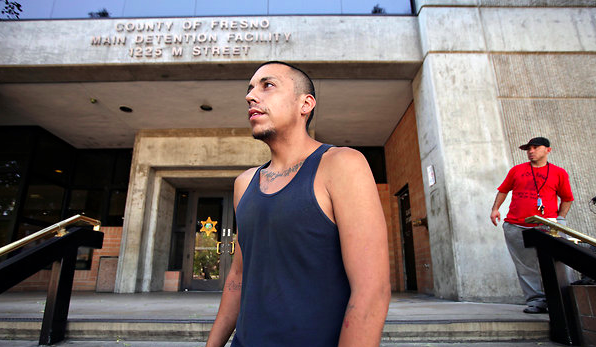 Realignment, as prison reform, is having an major impact in the development of countywide evidence-based “sentencing systems”. No where is that effect greater than California, where the state is heavily relying on realignment to comply with the U.S. Supreme Court order to reduce severe prison over-crowding (see NYT: In Califronia, County Jails face bigger load)
Realignment, as prison reform, is having an major impact in the development of countywide evidence-based “sentencing systems”. No where is that effect greater than California, where the state is heavily relying on realignment to comply with the U.S. Supreme Court order to reduce severe prison over-crowding (see NYT: In Califronia, County Jails face bigger load)
California’a AB109 Realignment Strategy has two important aspects:
1) Those sentenced to prison on less serious offenses (typically called triple nons; non-violent, non-serious, non-sex offenses), will be housed in county jails (when sentenced to prison) and supervised by county probation departments on LCS (Local Community Supervision). These individuals may not be sent to prison. Instead, they may be sentenced to a straight jail sentence (equivalent to the term they would have served in prison) or they may be sentenced to a split sentence term. This is where the enormous potential of California’s realignment (AB109) comes into play. The court has the discretion to split the sentence between jail and LCS in ways it determines to be appropriate. The court maintains jurisdiction over the offender and may monitor the offenders progress over the course of the entire sentence; reducing a jail sentence and releasing the offender into the community to be supervised under LCS, or returning the offender to jail to complete part or all of the term upon substantial LCS violation. The degree of court discretion and involvement in the monitoring and supervision of the felon can be extraordinary, perhaps greater than that of any other state. Counties are required to develop collaborative strategies with probation, sheriff’s departments and other agencies and community based organizations, with the potential to maximize the impact of the court, while utilizing the resources and involvement of all collaborating organizations.

